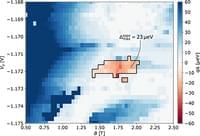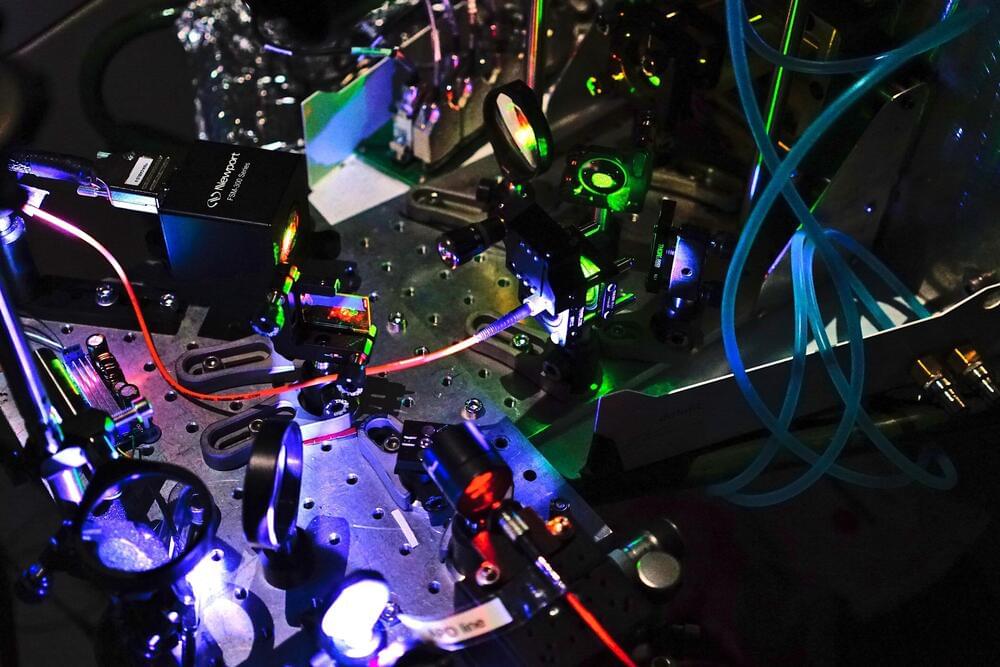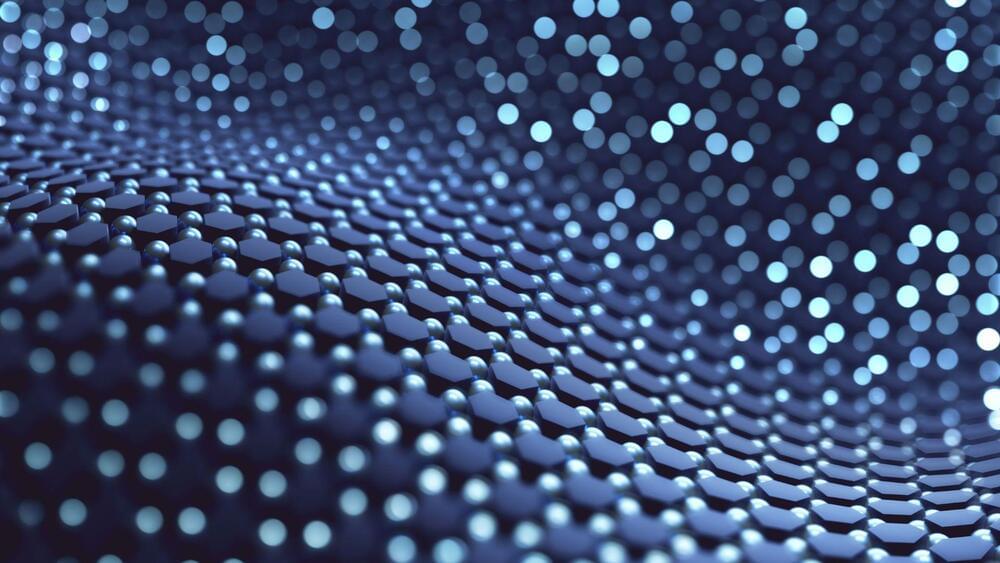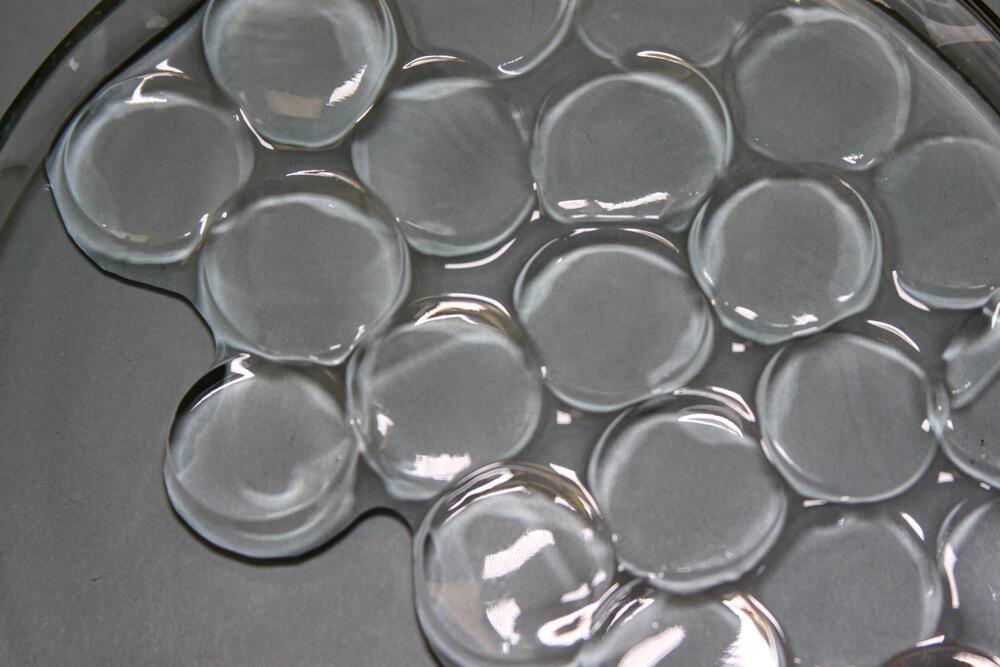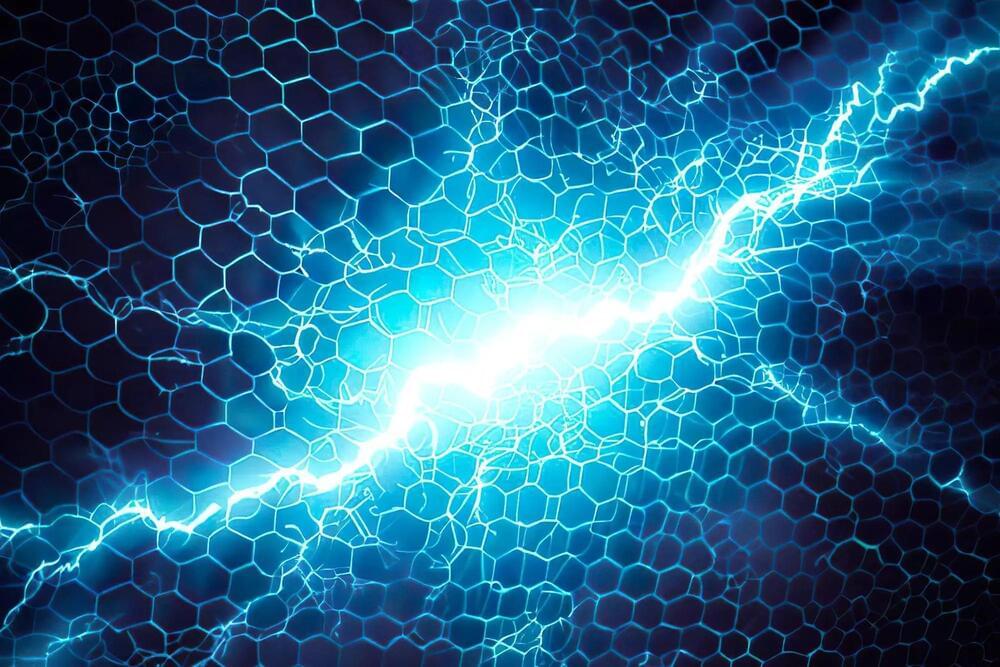Crystals that can freely conduct electrons, but not heat, hold great potential for numerous applications. A team of researchers has developed a method for discovering and developing these materials.
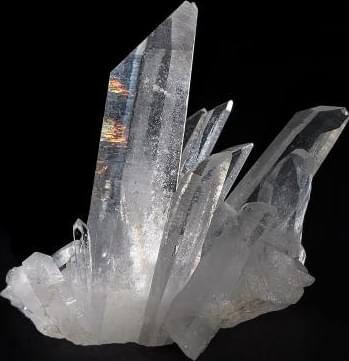
The results are published in the Proceedings of the National Academy of Sciences (PNAS).
Unlike glasses, which have very low thermal conductivity, crystals tend to be good conductors of both heat and electrons. There are, however, some that have low thermal conductivity, and the researchers set out to understand the properties of these materials and how they can be developed.


